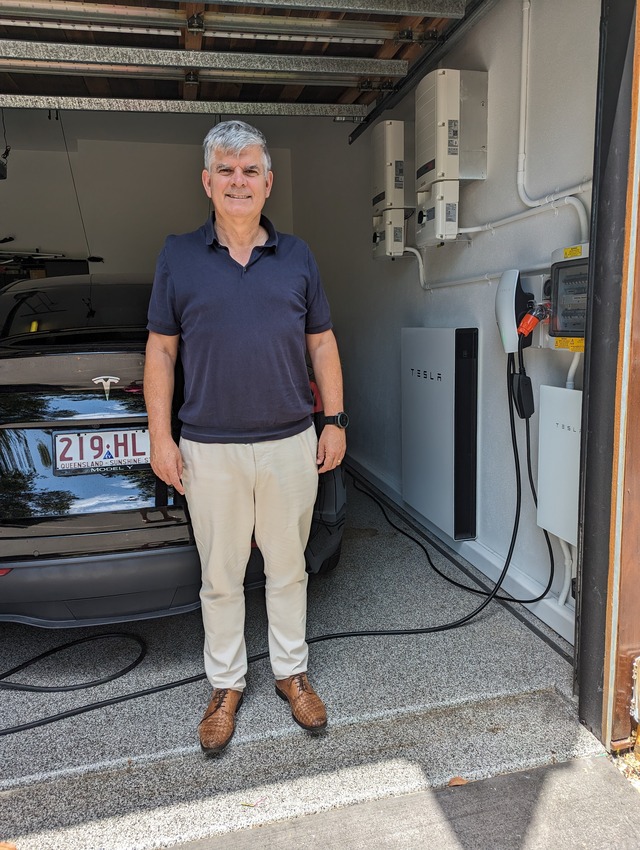Electrifying your home continues to be not only the smart thing to do for the climate but is also becoming more financially viable with the Federal and Queensland governments providing a range of incentives for solar panels, home batteries, and electric vehicles (EVs).
These incentives are on top of the day-to-day savings that can be made generating and storing household power from the sun or driving an electric vehicle.
Let’s start by looking at solar power. It’s not surprising that the Sunshine State is leading the nation in rooftop solar. Home solar in Queensland now generates more than Queensland’s two largest power stations, Gladstone and Stanwell, combined.
Under the Federal Government’s Small-scale Renewable Energy Scheme (SRES) homeowners can receive certificates called Small-Scale Technology Certificates (STCs) for installing new and eligible systems. These certificates can then be sold to an energy retailer, reducing the upfront cost of the panels. STCs can also be received for heat pumps – an energy efficient alternative to gas hot water. Energy retailers have to buy and surrender a certain number of certificates to meet their obligations under the Renewable Energy Target.
The number of certificates the homeowner receives depends on the size, capacity, and location of the system. However, the government is gradually reducing the value of the STCs each year until 2030, so it makes financial sense to install panels sooner than later.
In addition, once the solar panels are up and running, the homeowner can benefit in two more ways. First, by using the energy produced the electricity bills can be reduced quite dramatically. Second, any unused power can be fed back into the grid and the homeowner is paid a feed-in tariff. The rates for these tariffs can vary so it’s good to compare what the various electricity retailers are offering.
The next step in the ‘electrify everything’ journey is household batteries. Energy generated from daytime sunlight via solar panels can be stored and used in the evenings or on overcast days, while any excess can still be fed-back into the grid. In February this year, the Queensland Government launched the Battery Booster scheme to promote more uptake of batteries.
It’s estimated that about 2,000 households will benefit from the Battery Booster Scheme. Households with a combined taxable income of $180,000 or less will be allowed to get a $3000 rebate, while individuals with an income below $66,667 could be eligible for $4000 cash back.
Once the household electricity is sorted the move to an EV becomes even more economical. If the car can be powered from the home’s solar panels (with charging overnight possible through battery storage) the car running costs are potentially free. As an added incentive to get more EVs on the road, the Queensland Government’s Zero Emission Vehicle Rebate Scheme offers rebates of up to $6000 for a new EV.
Information about rebates and schemes can charge, and the needs of each household are different, so it’s good to research the best options and to calculate your individual needs and potential payback periods for solar panels and batteries. The best place to start is to google government websites for each specific scheme mentioned above.
To learn more, visit the Noosa EV and Electrify Everything Expo 9am-1pm Sunday 16 June at Noosa Junction. This annual event is organised by Zero Emissions Noosa in partnership with Noosa Council and Noosa Junction Association. Visit noosaevexpo.com.au for more information.







